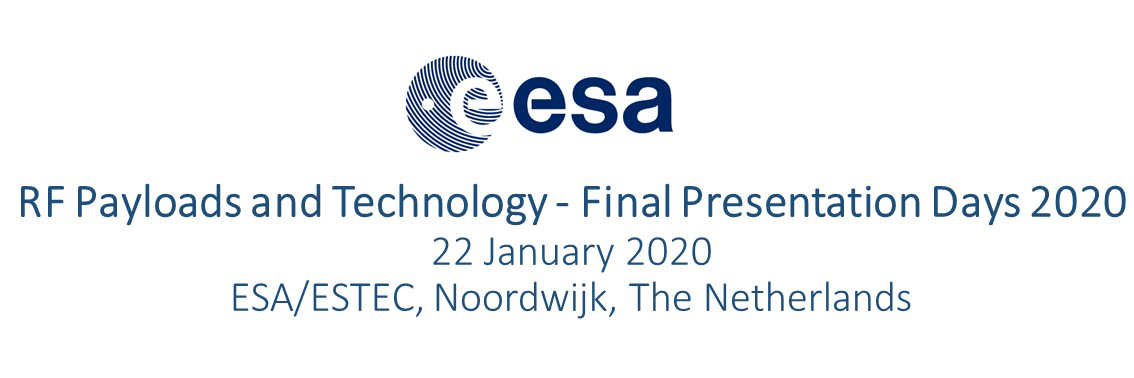Speaker
Description
The possibility to use navigation signals for remote sensing purposes has been investigated for several decades. Over the years the potential of this technique has been consolidated for wind scatterometry and sea surface altimetry and resulted in mission concepts being put forward (e.g. TDS-1, CYGNSS, GEROS-ISS).
Over land, the GNSS-R concept was investigated more recently. Its potential to measure soil moisture and vegetation biomass – initially demonstrated through theoretical models and simulators - was confirmed through the analysis of ground-based and airborne measurements. These campaigns also contributed to consolidate the physical understanding of the measurement as well as to mature the supporting theoretical models. However GNSS-R spaceborne observations were so far missing in order to give full confidence in the capability of this technique to provide science products of interest over land from space.
In this activity, the now available spaceborne GNSS-R data (from TechDemoSat-1 and from CYGNSS) were used to assess and consolidate the GNSS-R remote sensing technique over land. The goal was to reach a stage where retrieval performance can be estimated and error sources can be identified.
Several intermediate objectives have been met on the way. They include:
1/ getting an understanding of the sensitivity of the GNSS-R observables over land to the variables of interest (including at least soil moisture and vegetation biomass) and of the factors limiting this sensitivity;
2/ consolidating and validating end-to-end simulation tools in a spaceborne context;
3/ assessing the retrieval performance - in particular in relation to other current/future spaceborne missions providing soil moisture and vegetation biomass - and setting-up prototype retrieval algorithms.
These objectives were met through a combination of GNSS-R data analysis (spaceborne, airborne, ground-based) and the development of physically based forward simulations and inversion algorithms.
| ESA Technical Officer | Floury, Nicolas |
|---|

